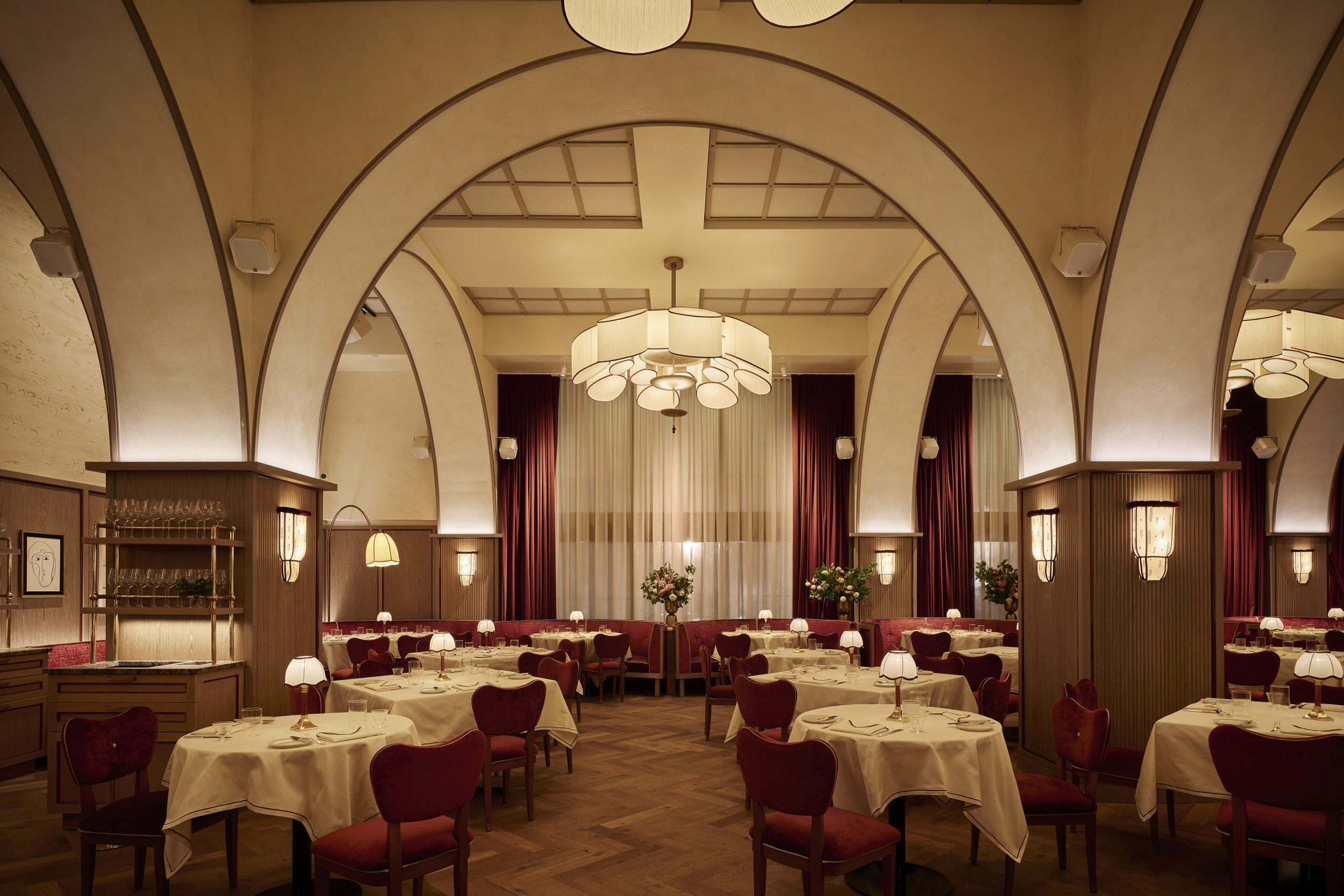C oncept designs are conceived to catch the attention and test out new forms. Nowhere are these forms more futuristic than in the car world, where designers come up with ever more outlandish creations to try to grab manufacturers’ attention and persuade them to use their services. The results, over the decades, have been some wild automobiles — particularly those “wedge” models made in the Sixties and Seventies.
These sharp-edged designs, with their futuristic shapes triangulated from front to rear, were a reflection of the public optimism about space travel. Wedge elements had popped up in car design before then, but the purity of the shape at this time was fresh and exciting. As with any movement, it is difficult to pinpoint its genesis.
The 1966 Cannara, named after the designer Ray Cannara, was arguably the first pure “wedge car”, but it was the famous Italian car-styling studios that picked up the ball and ran with it. The Alfa Romeo Carabo of 1968 is as good a place as any to start. It was created by Marcello Gandini working for Bertone, two names that would spearhead the wedge movement.
This pair would be joined by other famous car designers such as Giorgetto Giugiaro, alongside great Italian design houses including Italdesign and Pininfarina that created cars to advertise their wares. Once they had served their purpose — to bring attention to a brand — these cars were often sold by manufacturers. Today the most significant of these automotive curiositi.


















